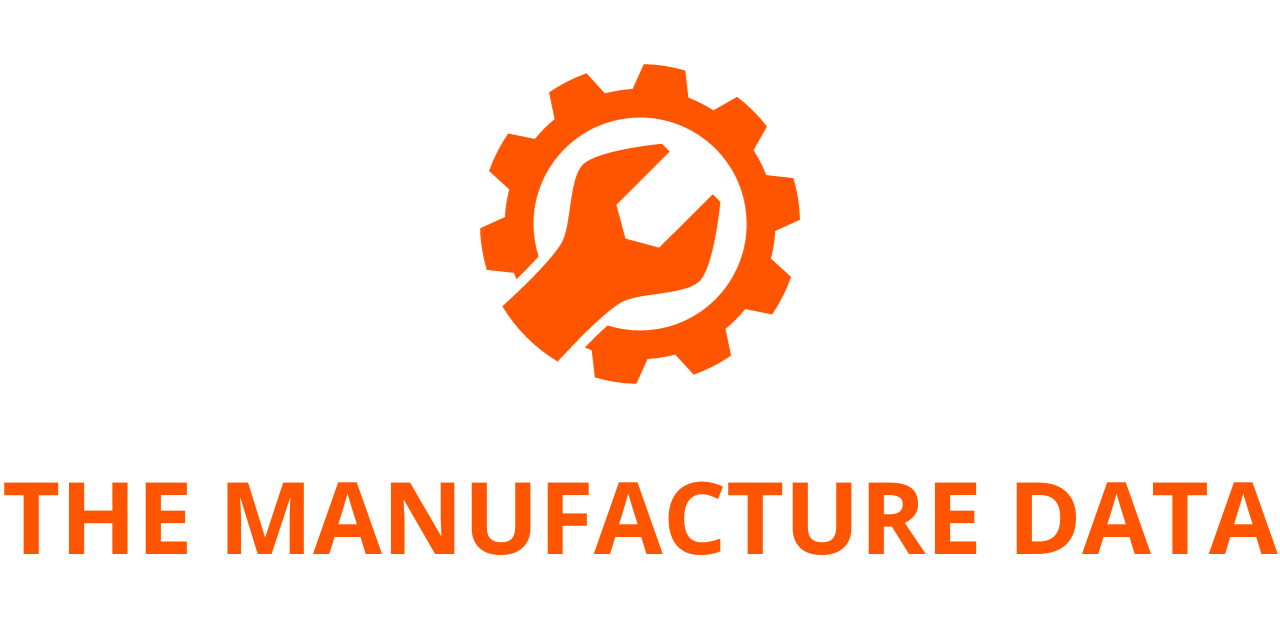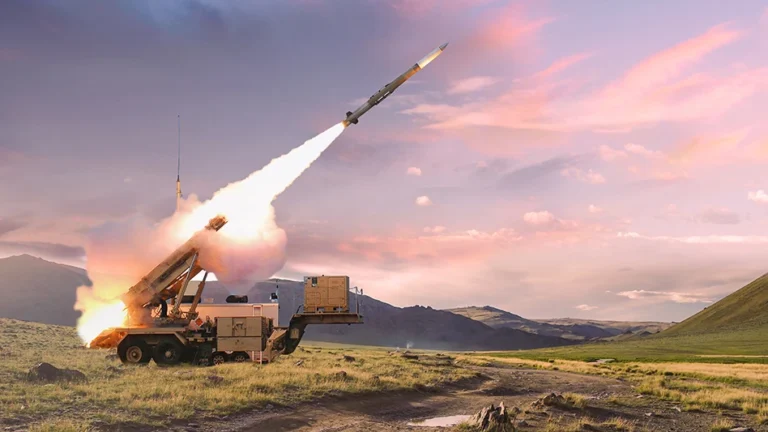
Mercedes-Benz Trucks Unveils Advanced Servotwin Steering System for Heavy-Duty Applications
Leinfelden-Echterdingen – Mercedes-Benz Trucks has unveiled the next evolution of its intelligent steering technology with the launch of the new Servotwin system. This state-of-the-art steering solution, tailored for vehicles with high front axle loads, represents a significant advancement over its predecessor and marks a leap forward in both technical sophistication and driver-centric functionality.
The new Servotwin system builds upon the proven foundation of a dual-circuit steering architecture, integrating both hydraulic and electric power supplies. This hybrid approach ensures that the driver’s input is seamlessly combined with electronically regulated torque assistance. The result is a driving experience defined by maximum steering precision, superior control, and adaptive performance across diverse operating conditions.
Enhanced Steering Precision and Control
One of the most noticeable improvements in the new Servotwin generation is the significantly refined steering precision. Particularly at higher speeds, this enhancement translates into smoother and more stable vehicle handling, helping to boost both driver confidence and on-road safety. The precision of the electronically assisted torque overlay allows for a more accurate modulation of steering effort, enabling the vehicle to respond more predictably and fluidly in a wide range of scenarios—from high-speed cruising to tight cornering.
Moreover, the system’s ability to finely meter the steering torque leads to greater maneuverability, especially in challenging environments such as urban centers or congested loading docks. Drivers will benefit from improved responsiveness and reduced physical effort, helping reduce fatigue during long shifts.
Active Steering Wheel Return and Driver Assistance Modes
A key new feature in the Servotwin upgrade is the active steering wheel return function, which automatically re-centers the steering wheel after cornering. This seemingly small detail has a big impact: it relieves the driver of the need to manually return the wheel to the neutral position, streamlining turns and improving ergonomics during repetitive driving maneuvers—particularly in city distribution tasks or short-haul operations with frequent stop-and-go driving.
For additional customization, the Servotwin system now offers three selectable steering modes. These modes, accessible via the driver instrument panel, vary in the level of steering assistance and return force behavior at speeds below 30 km/h. This level of configurability allows individual drivers to adjust the steering feel to match their personal preferences or driving style, enhancing comfort and operational flexibility.
Improved Straight-Line Stability and Maneuverability
Mercedes-Benz Trucks has also placed strong emphasis on enhancing straight-line stability. At elevated speeds, the new Servotwin system enables the vehicle to track more accurately within its lane, demonstrating less susceptibility to external factors such as road ruts or side winds. For long-distance freight haulers, this improvement offers a tangible benefit in terms of reduced driver correction input and sustained driving comfort over extended periods.
At the opposite end of the speed spectrum, low-speed steering and stationary maneuvering have also seen noticeable improvements. The pairing of hydraulic assistance with a powerful integrated electric motor enables the steering system to operate with minimal physical effort, even when the truck is stationary or moving at crawling speeds. This makes tight turns, parking, and docking much easier to execute, especially in confined spaces.
Refined Steering Feel and Simplified Maintenance
Another important feature of the new Servotwin system is the play-free center position, which ensures a precise and direct steering response. This contributes to a controlled and consistent steering feel that adapts intuitively to the current driving conditions. The system’s electronic control unit actively regulates the level of torque assistance based on vehicle speed, load, and steering angle, delivering optimal performance across the full driving range.
In addition to functional advancements, Mercedes-Benz Trucks has taken steps to simplify maintenance and reduce the system’s total cost of ownership. The elimination of the buffer battery, previously a necessary component of the steering system, represents a major step forward. Not only does this cut down on maintenance requirements—such as battery replacement every three years—but it also contributes to a reduction in system weight, which can positively impact fuel efficiency and vehicle payload capacity.
A Leap Forward in Steering Technology
The new Servotwin system reflects Mercedes-Benz Trucks’ ongoing commitment to integrating intelligent vehicle technologies that enhance safety, efficiency, and driver comfort. By combining precision engineering with adaptive electronic control, this next-generation steering solution sets a new benchmark for trucks operating under demanding conditions.
From long-haul freight transport to intricate urban delivery routes, the upgraded Servotwin system equips drivers with the confidence and control necessary to meet the challenges of modern logistics. As the trucking industry continues to evolve toward smarter and more connected vehicle systems, innovations like Servotwin underline Mercedes-Benz’s role as a leader in commercial vehicle innovation and driver-focused design.




